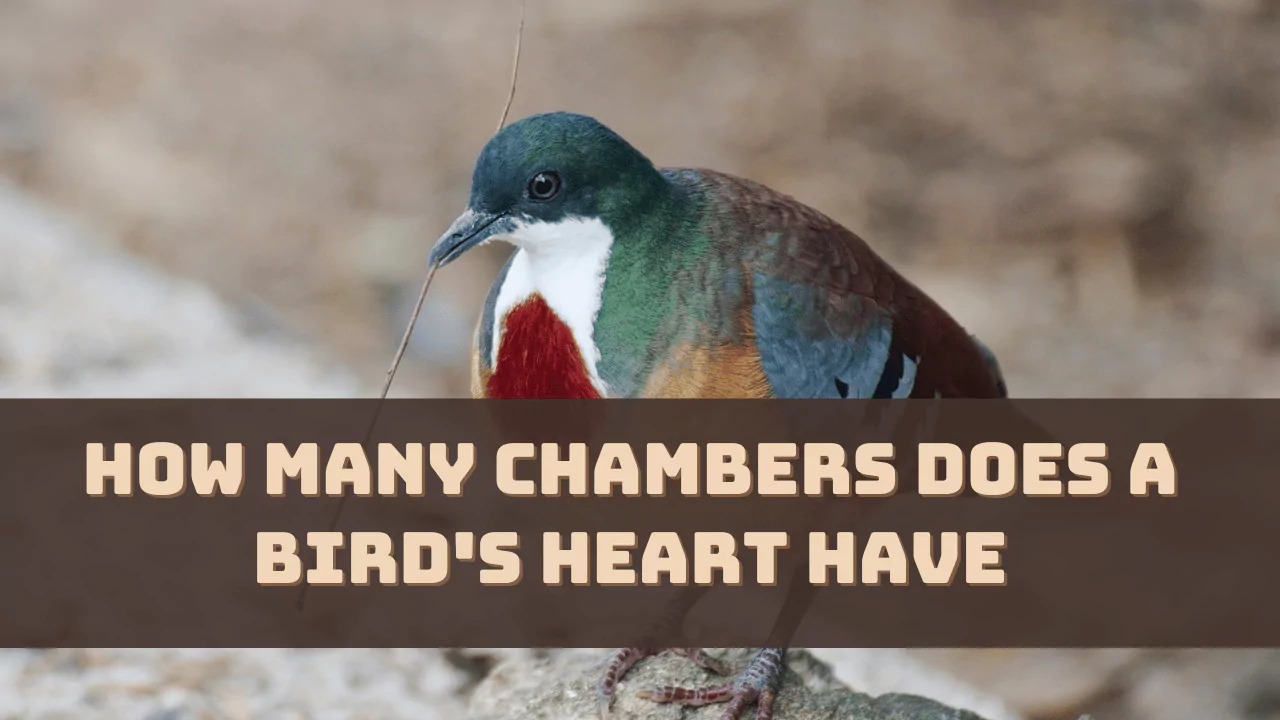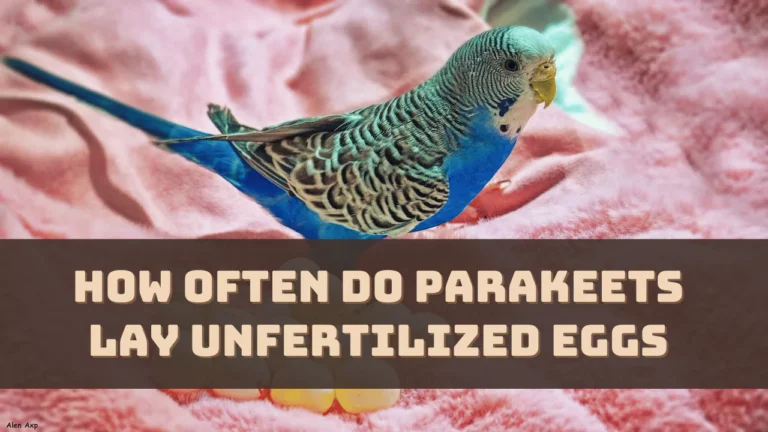Birds have a four-chambered heart which helps them to maintain the high metabolic rate required for navigating the skies. The architecture of the bird’s heart is quite complex, having two atria and two ventricles, and a muscular wall, called a septum in between.
So, let’s dive deep and get to understand the function and structure of the bird’s heart.
Structure of the Bird’s Heart
The structure of the avian heart is meant to keep a constant and efficient flow of oxygenated blood throughout its body, which further helps to serve the high metabolic rate while the bird is in flight. The bird’s heart has gone through adaptations and evolved with time to support the metabolic demands that include flight and thermoregulation. When compared with a mammal’s heart of the same size, the bird’s heart is proportionately larger, so that it can perform optimally and also tackle higher heart rates and stroke volume.
The heart can be divided into 4 segments – with 2 atria and 2 ventricles. On the right side of the avian heart, all the deoxygenated blood gets collected which is further propelled into the lungs. On the left side, the oxygenated blood from the lungs gets collected which is propelled or distributed throughout the body. The vascular system of the world ensures that oxygen reaches every part of the body.
The size and shape of the heart chambers vary from one bird species to another based on their ecology and evolution. Some species are seen to have larger right ventricles which are meant to sustain their respiratory requirement.
Function of the Bird’s Heart
The right atrium of the bird gets deoxygenated blood from the body which is pumped into the right ventricle. From here it is pumped to the lungs, where the blood gets oxygenated. The blood after getting oxygenated flows into the left atrium and from there it flows into the left ventricle. Finally, the blood is pumped out and reaches every body part.
Some of the bird species can control their heart rate while migrating or flying which helps in energy conservation and also increases their endurance power while covering long distances. The bird’s heart has evolved to meet the specific demands of flying and support their high metabolic rate and oxygen requirement.
The heart rate also varies based on bird species, such as ostrich heart rate is as low as 23 beats per minute whereas the hummingbird has 1200 beats per minute.
Oxygenation Process
The oxygenation process occurs in the lungs of the birds where the deoxygenated blood reaches and it is exposed to high oxygen levels which come through the air sac. Here the gas exchange takes place and oxygenated blood leaves the lungs which is carried to the heart so that it can be circulated throughout the body.
The artery is responsible for transporting the oxygenated blood. The only difference is the pulmonary artery which transports deoxygenated blood from the right ventricle to the lungs.
On the other hand, veins carry deoxygenated blood. The precavae is responsible for collecting the blood that returns from the head and wings the postcava collects the blood returning from the posterior half of the body. These large veins empty their blood into the right artery.
The exchange of oxygen and metabolic products across the body occurs through smaller vessels called capillaries which are extremely narrow and branched so that gasses can easily flow through the epithelial layer by diffusion.
Circulatory Adaptation Based on Bird’s Lifestyle
High-altitude adopters are the birds which live at a high altitude and have high metabolic rates because air pressure is much lower so they need to work hard to extract the oxygen required. They need an advanced respiratory system along with a high-efficiency circulatory system so that they can survive in a low-oxygen environment.
Birds surviving at higher altitudes have a large stroke volume so the amount of blood pumped from the left ventricle is much greater. They also respond by increasing their heart rate for example Bar Headed geese.
While travelling long distances or migrating, enormous energy is required which is fulfilled by the cardiovascular system. They have an increased heart mass which enhances the oxygen-carrying capacity of the blood and improves flight endurance.
How is Heart Rate Controlled in Birds?
Heart rate is controlled in 2 ways in birds: automatic control and hormonal influences
Autonomic Nervous System
The autonomic nervous system increases the bird’s heart rate through involuntary control which is regulated by the hypothalamus, a part of the brain. When there is an increased physical exertion, the heart rate increases which is caused by sympathetic stimulation. However, exercise or physical exertion is not the only factor that affects the heart rate. If the bird is stressed or excited, or senses the presence of a threat, then also the heartbeat either gets more or naturally decreases due to the parasympathetic nervous system.
Hormonal Changes
The nervous system of the birds is also controlled by hormones which increase the heart rate. The hormones are transported through blood vessels, which control other vascular functions. These hormones are transported from glands to the heart through the bloodstream. An acute effect of hormones can be seen during a “flight or flight” response which is sudden physical activity or on a seasonal basis.
The Development of Avian Heart
The avian cardiovascular system goes through tremendous change since the chick is within the egg. From the second day of incubation, the vascular system can be recognized and before the second day is over the heart starts to beat. In the fourth week, the heart stays outside the body of the chick which is later incorporated within the chest. By the end of the first week, the initial blood flow transports the nutrients from the yolk and supports respiration within the egg.
After the chick hatches the circulatory system is put through high demand due to growth and development for over the first three days. After hatching the heart rate increases rapidly and continues to increase for 3 to 4 weeks. Next, the heart rate decreases and attains the normal adult level.
Challenges and Disorders Associated with Avian Heart
Birds are also vulnerable to various cardiovascular diseases which can result from an unhealthy diet, exposure to harmful chemicals, bacterial infection, congenital defects or due to environmental factors.
Cardiac disorders reduce the high-energy activities of the bird, leading to shortness of breath, coughing, fainting, etc. Even external factors, such as toxic substances, polluted areas or any occurrence of pollution can prove to be toxic for the avian cardiovascular health.
High-calorie diet leads to fat deposition within the arteries causing atherosclerosis which can eventually lead to hard failure in birds.


![Can Ducks Have Celery? [Explained] 7 Can Ducks Have Celery](https://masterbirds.com/wp-content/uploads/2024/02/can-ducks-have-celery-768x432.webp)

